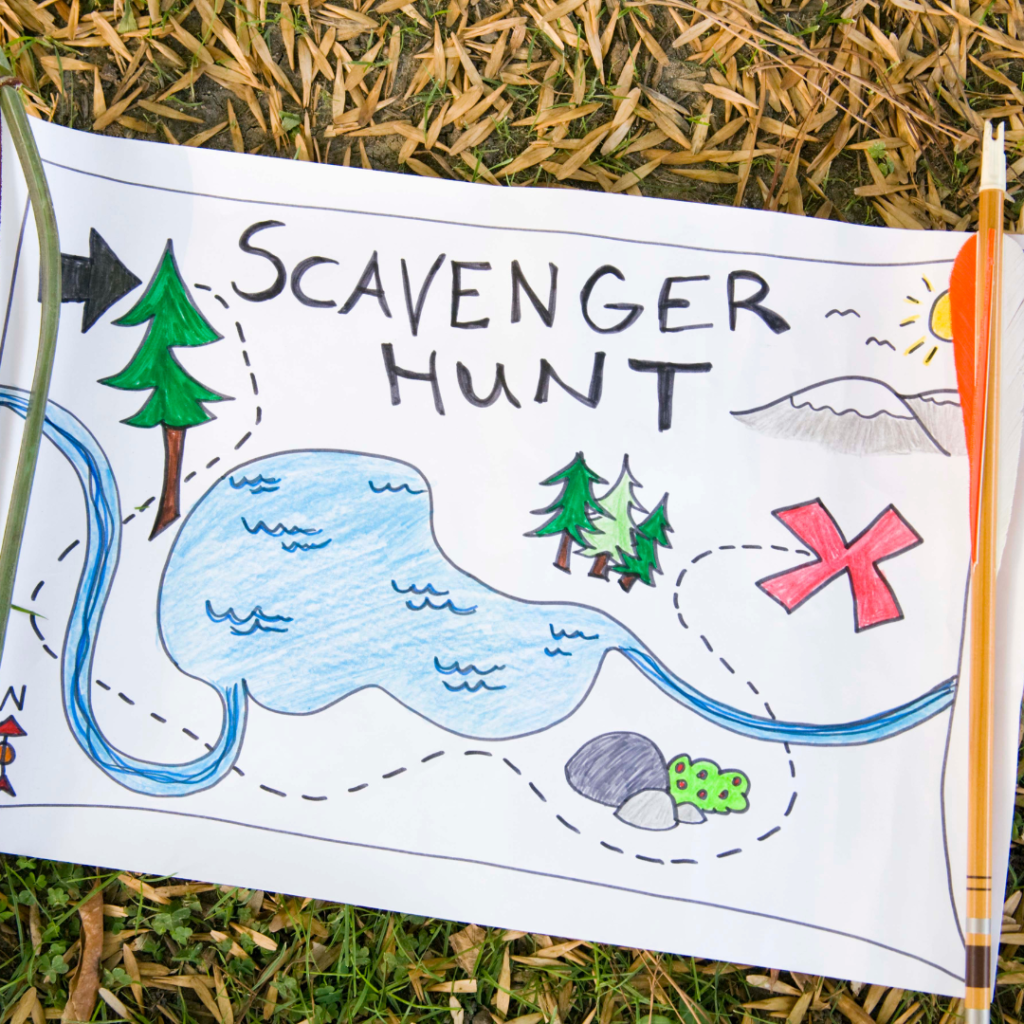When a new foster child joins your family, they are entering an unfamiliar environment. A neighbourhood scavenger hunt can be a fun way for them to start learning about the nearby community and landmarks while bonding with your family. Getting fresh air and exercise can also help relieve anxiety or uncertainty they may be feeling.

Plan Ahead
Before heading out, create a simple scavenger hunt list of nearby places and things to find. This gives your outing some focus, but still allows for flexibility and exploration. For example, if you are fostering in Southampton or a similar city, the list might include finding a red post box, a bus stop, the library, and a playground. Have a pen and paper ready to note places visited and things discovered.
Explore Together
Let the foster child hold the list and take the lead, choosing which place to visit next. Encourage them to read street names and building signs to improve literacy skills. When you locate an item on the list, pause to observe and chat about it. Discuss how this place might be useful for your family (like borrowing books from the library) or ask open-ended questions to prompt critical thinking (like wondering aloud who might wait at the bus stop).
Capture Memories
As you explore, occasionally stop to write down locations and snapshot moments. Note funny things said or new insights the child made. If they seem comfortable with photos, take some pictures of them pointing out list items, which you can later print out and allow them to paste in a memory book or diary. Filling the pages with experiences together promotes bonding.
Meet Neighbours
As you walk around, the scavenger hunt also offers opportunities to start meeting neighbours. If you run into people you know, introduce the foster child. Allow time for a brief chat about the scavenger activity, gently bringing the child into the conversation with open-ended questions where possible to help them practice social interactions.
Infuse Variety
Adapt your scavenger list to the age and interests of the child. For younger kids, adding things like different coloured flowers, a cat, or a red door adds variety, and our natural environment provokes wonder. For pre-teens and teens, the list might include more complex cultural items like finding examples of three different architectural styles, a historical marker, or spotting somewhere they’d personally like to visit again to explore a hobby or passion.
End on a High Note
Don’t overload a first outing. Keep it simple, fun and active. End it before their energy flags. Then head home to review your adventure together over a refreshing snack or meal. Reflecting on favourite moments, surprises, and new knowledge sets positive foundations. Going forward, the foster child will feel more comfortable venturing out into the area with you again in this familiarised local environment.
A light-hearted neighbourhood scavenger hunt checklist transforms a standard walk into a shared discovery experience, giving you bonding time with a foster child while introducing community places. Pay attention along the journey to names, sights and neighbours while gently encouraging interactive participation. Capture memories visually and in words to solidify the adventure. Follow up later talking over impressions made and local knowledge gained.